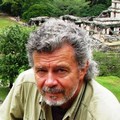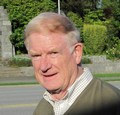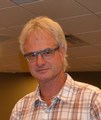A vision for restorative development that revitalizes watershed function and health provides a philosophical backdrop for the Nanaimo Water Symposium – “The process of restoring our planet and revitalizing our communities is finally becoming a rigorous discipline, with the proper education and tools,” says Storm Cunningham, author & futurist

The term ‘restorative development’ was coined by the writer Storm Cunningham in his first book ;The Restoration Economy’, published in 2002. Because he has made multiple presentations to British Columbia audiences over the years, and has a particular affinity for Vancouver Island, the Symposium program caught his long-distance attention. On the eve of the Symposium, Storm Cunningham shared his reflections in an interview. His insights provide useful context regarding the challenge of moving from awareness to implementation.










